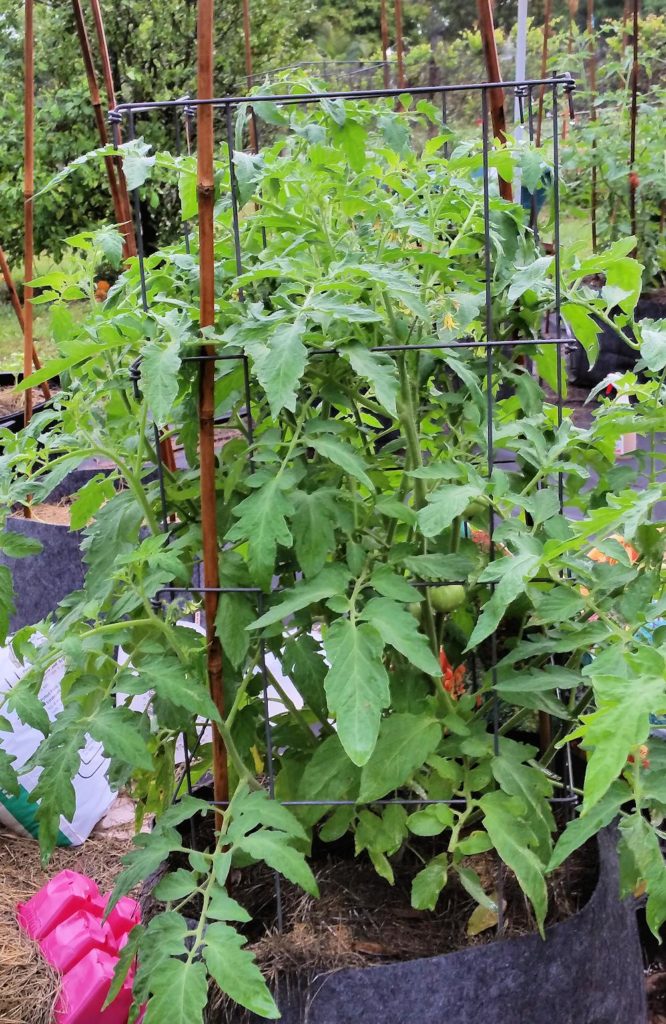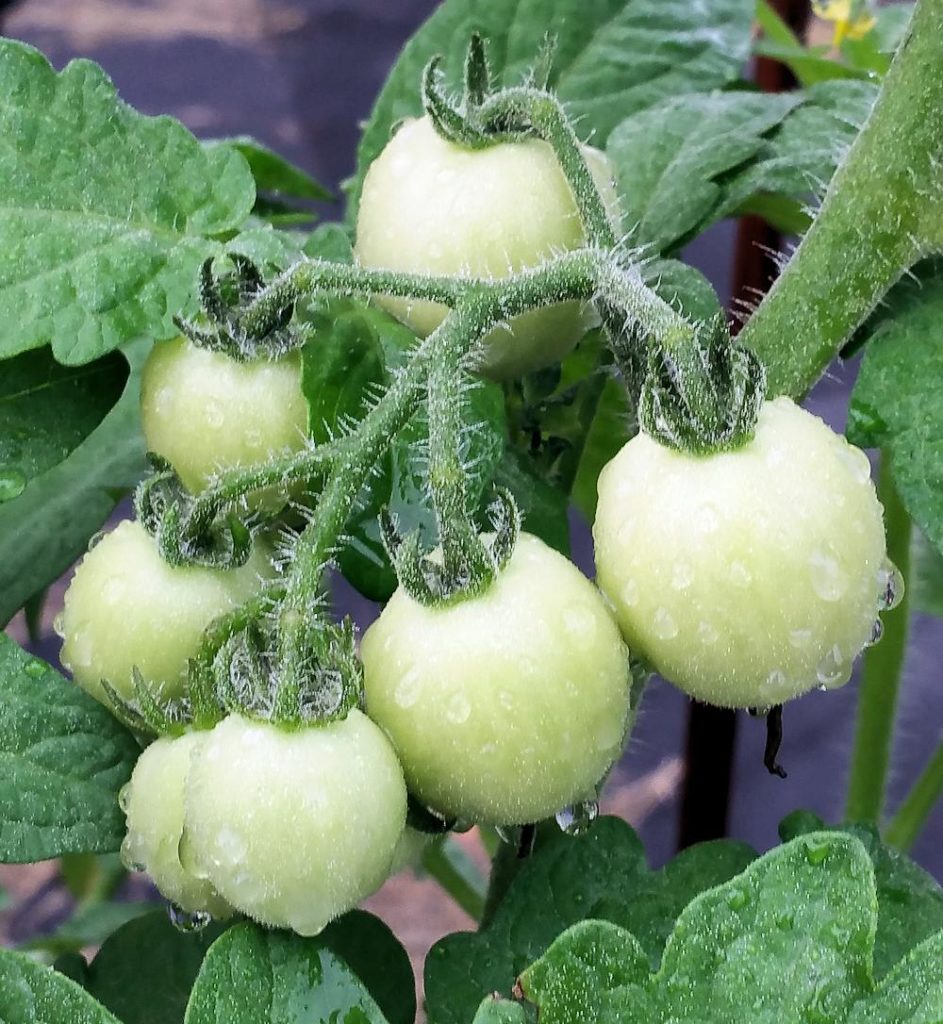climates best for tomatoes
Tomato Growth Requirements
It’s time to learn about tomato growth requirements — what they like, in order to grow best. While individual varieties may be better for warmer or cooler climates than you average tomato, you still need to know the basics.
With that thought in mind, here are the basic requirements for growing tomatoes.
Tomato Growth Requirements
Like most fruits and vegetables, tomatoes require at least 6 hours or direct sunlight a day. If you live in a super-sunny and hot location, your tomato plants might appreciate some dappled shade in the afternoons, to help prevent against both wilting and sunscald.
Tomatoes also require warm weather — frost will kill them. The ideal temperatures for most (not all!) tomatoes is the mid 70’s to low 80’s during the day, with nights in the mid 50s to mid 60’s. (Temperatures in degrees Fahrenheit.)
In an ideal climate, there should be a 15 to 20 degree difference between day and night temperatures. However, when the nighttime lows are routinely in the 70s, the plants might not get enough of a cool-down to set fruits well.
However, tomatoes will grow and set fruit in warmer weather, as well as in cooler weather; they just won’t be quite as productive. Keep your local temperatures in mind when selecting tomato varieties.
For example, a grower in the cool Pacific Northwest would be better off with early tomatoes (those that mature in 67 days or less), as well as tomatoes that are bred for cooler weather. On the other hand, someone in the desert Southwest would be well-advised to select tomatoes that have a good track record of bearing fruit in hot weather.
 So, keep your local climate in mind when selecting tomato varieties. Oh, and an adequate water supply is essential for tomatoes to produce fruits; an average of an inch of water per week is considered optimal, but if you live in a dry climate, you might want to provide a bit more; tomatoes can get thirsty!
So, keep your local climate in mind when selecting tomato varieties. Oh, and an adequate water supply is essential for tomatoes to produce fruits; an average of an inch of water per week is considered optimal, but if you live in a dry climate, you might want to provide a bit more; tomatoes can get thirsty!
And if you live in a hot and humid climate, like the Southeast — be especially careful with your fertilizing schedule, and know the tomato diseases that thrive in a hot, humid environment.